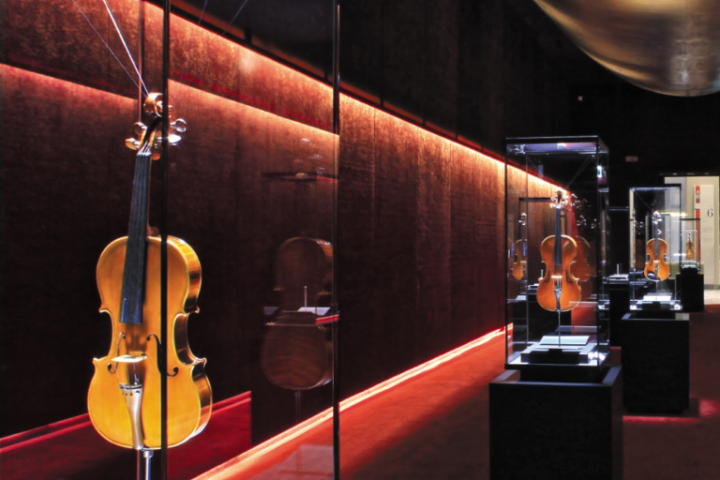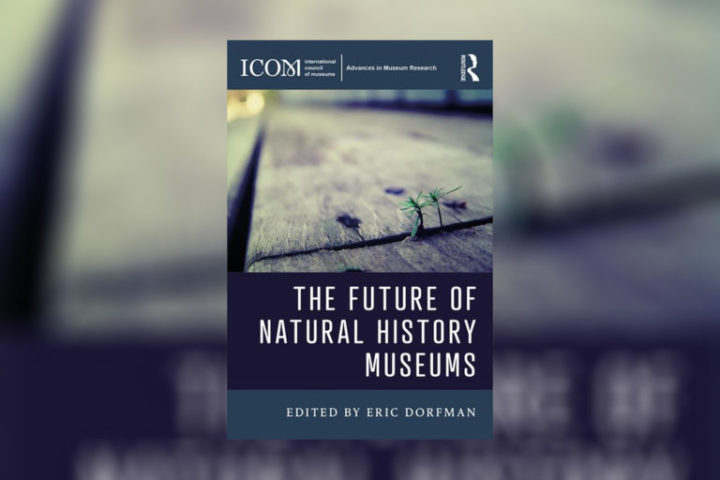The ICOM International Committee of Music Museums (CIMCIM) is preparing a book proposal to continue the ICOM/Routledge series ‘Advances in Museum Research’ with a volume entitled Displaying Music in the 21st Century.
The volume aims to address the current trends and challenges in presenting music in and through museums’ permanent and temporary exhibitions. Music appears in museums in a multitude of forms: as the main focus of display, as support for the interpretation and communication of complex historical and social issues, as an educational tool with a strong potential for community engagement and as an expression of intangible heritage connected, or not, to a wide variety of objects. The growing role of digital technology in making (almost) any kind of music accessible at any time raises new challenges as to how this continuous ‘sonic’ presence can be used by museums in interesting ways and for what purposes.
Recent years have seen a shift of attention from the object to its function and a more visitorcentred and performative approach to displays and exhibitions, involving the inclusion of the human element of music making and attention to its broader cultural context. Similarly, the expansion of the sensory experience of the visitor, from mainly visual to multi-sensory immersiveness, often relies on the inclusion of sound as a secondary (when not a primary) drive to the display. However, because of its immaterial nature, the presentation and inclusion of music in museums also poses major challenges related, among others, to the use of historical objects, the reliance on digital resources and recordings, to issues of decontextualisation, cultural appropriation and misrepresentation, which affect the understanding of music and of the objects that are presented in relation to it.
Recent years have seen a shift of attention from the object to its function and a more visitor-centered and performative approach to displays and exhibitions
The primary audience of this book will be museum and music professionals, and academics and students interested in the interpretation and communication of sound, intangible heritage, the representation of historical and social perspectives in museums, museology and material culture studies. The volume will include theoretical chapters that:
- Address and problematise in broad terms the role and inclusion of music in museums, including perspectives that relate to the display and temporary exhibition of all genres of music, from classical worldwide traditions to popular and folk repertoires. Original perspectives from countries outside the western block will be particularly welcome.
- Expand on challenges and strategies to combine the presentation of tangible and intangible elements of music culture in relation to visitors’ engagement, discussing current and future technologies, artistic commissions, digital resources, social media and other means of interpretation and dissemination.
- Consider ways to represent and engage embodied knowledge and tacit skills learning processes related to making, performing, listening outside music’s original context and ways to communicate and engage with different audiences, especially those that are not familiar with the museum experience.
The volume will also include a section of case studies presenting experiences developed and presented after the year 2000 that obtained a particularly noticeable impact (quantitatively and qualitatively) in the presentation of sound and music in museums.
Timeline and Submission Process
We are currently seeking expressions of interest to contribute either chapters (ca. 5,000 words) or case studies (ca. 2,5000 words) to provide a preliminary structure for the book. Subsequent abstracts will be reviewed by the Editorial Board and, if accepted, included in the book proposal. Subject to acceptance of the proposal, full texts will be commissioned from the authors in spring 2019 towards a deadline in autumn, and publication of the volume in 2020. Proposals and contributions can be written in any of the three official languages of ICOM (English, French or Spanish).
Expressions of interest can be submitted to Gabriele Rossi Rognoni at g.rossirognoni@rcm.ac.uk and Eric De Visscher at e.devisscher@vam.ac.uk until 30 November, 2018.
Photo credit: Museo del Violino, Fondazione Stradivari


